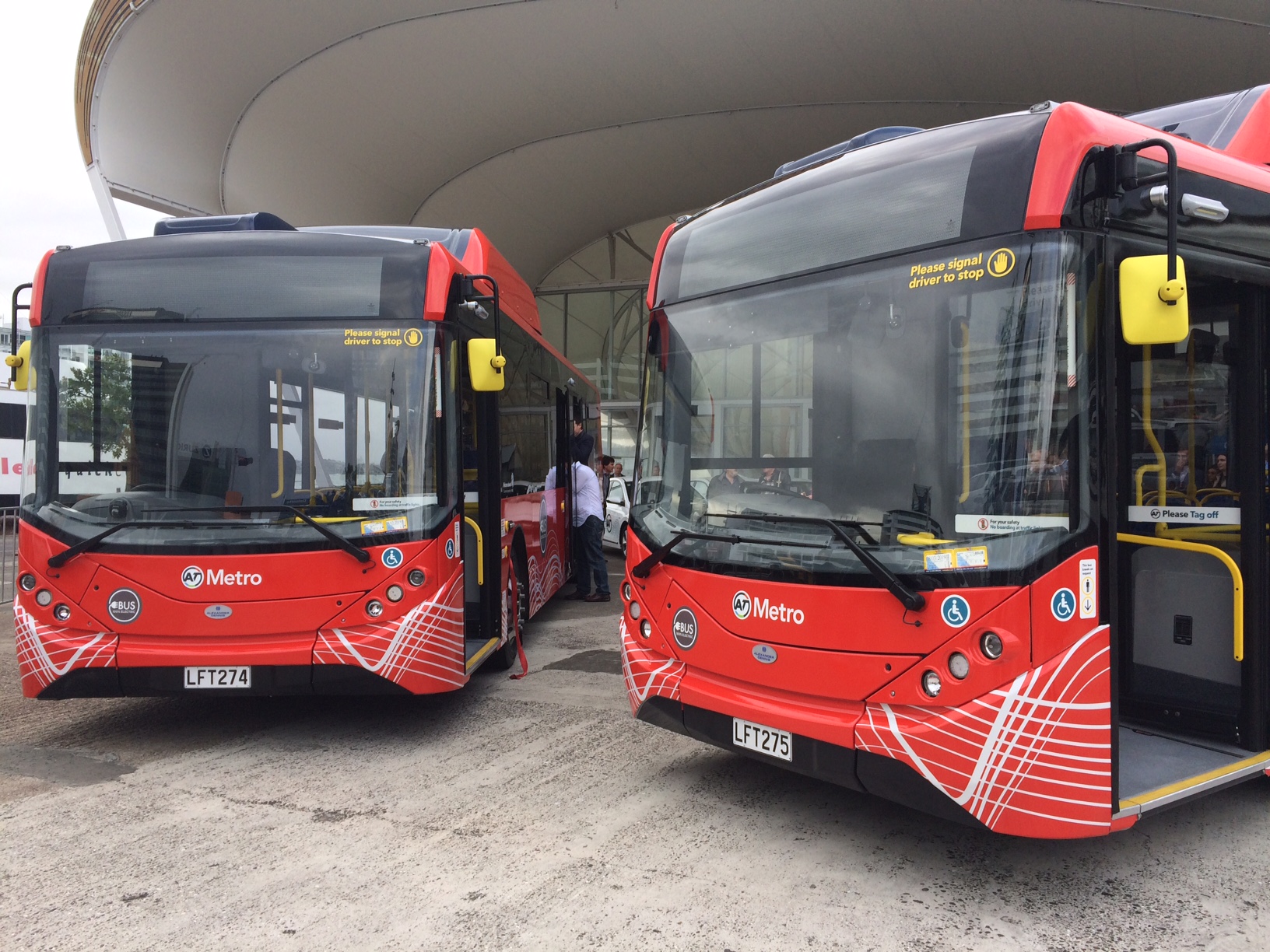Michael Bassett
bassettbrashandhide.com
Auckland was the only one of our four main centres not to have any settlement plan when it first got under way. Instead, a collection of chancers, traders, and escapees from Australia’s penal settlements settled in the scrub around the Waitemata Harbour when it became clear in 1840 that Auckland would become the seat of government. With substantial harbours on east and west the thin isthmus of land wasn’t congenial to planning. The city just grew wherever it could. By 1900 its population far outstripped the other centres. Connectivity between parts of the city has always been weak. No effort was made for more than a century to construct an underground public transport system, and what is emerging is a hybrid that will probably be under-patronised by the public compared with comparable cities elsewhere in the world. Aucklanders learned early to depend on their cars and show almost no signs of giving up on them.
One Mayor, John Allum, stands out as having had the foresight to push for the building of a harbour bridge that would open up the North Shore to people, cars and buses. In 1959 after 30 years of talk, a narrow 4-lane bridge opened that had to be widened almost immediately at a cost that would have been half had the first vision been accepted by officials in Wellington. Motorways, extensions and a tunnel followed, each one almost too late by the time it was opened. Every day drivers sit in lengthening queues, emitting fumes and fuming in equal measure, trying to get to their destinations. Meanwhile, huge sums of ratepayers’ and government money are being spent trying to convert Aucklanders to public transport, but given the shape of the city, buses and trains will never have the appeal of private cars. Tradespeople, couriers and commercial traffic of all kinds choke to a halt even on the motorways.
Enter, belatedly, planners armed with ideologies. Recently, in the name of promoting healthy lifestyles and lowering car exhaust emissions, more and more money has been invested in public transport and cycleways. But, the public sticks resolutely to cars while a hugely expensive spaghetti of cycleways sits largely unused. I promised my grandson that I’d give him a dollar for every cyclist I saw riding up the gold-plated Franklin Road installation in Freeman’s Bay. Four years later he’s received $12! Only the arrival of electric bikes looks like it might lift his bank balance. Meantime, cycleways encroach on carriageways, slowing cars further, and increasing motorists’ anger whenever they see expensive work on footpaths next to them which cyclists could easily use without the cycleway.
Bashing motorists has become Auckland Council’s favourite pastime; roads narrow, orange cones are permanently in place, and corners become more difficult for cars to negotiate while Councillors resolutely shut their eyes. Queen Street and its adjoining streets have been stripped of parking and turned into single lanes, gradually turning much of the centre of the city into a ghost town. More and more shops are vacant. Auckland’s current Council risks a massive class action against it for the damage it has done on top of Covid to merchants’ livelihoods by not re-jigging Auckland Transport’s brief. Councillors have an annual input to overall policy which is then enacted by Auckland Transport and are the ones who should pay for failing to change AT’s ideology that clearly isn’t working. Instead, they just ignore the problem.
And it carries on. Last Friday Phil Goff with his successor as MP for Roskill, Michael Wood, now Minister of Transport, sang a nonsensical duet about a $31 billion Transport Plan for Auckland over the next ten years. You guessed it: lots more money for public transport, where patronage has fallen this last year, walking and cycling, all of it with a view to getting people out of their cars and reducing carbon emissions. On the last, no one seems to have realized that by making car transport slower, the overwhelming majority who remain wedded to their cars will sit in congestion for longer, puffing out exhaust that would reduce if carriageways got people to their destinations more swiftly.
And there wasn’t a mention in the new plan about Auckland’s urgent need for another harbour crossing. Millions have been spent over the years as the NZ Transport Agency studied options like another bridge, or a tunnel (that it appears to favour), only for the reports to gather dust while developments around the Viaduct and the rest of the waterfront close off suitable points of ingress and egress from the tunnel. It’s only three weeks since Aucklanders were warned by NZTA about the state of the existing bridge, now more than 60 years old, and groaning under the weight of increasingly heavy use. It beggars belief that Goff and Wood had the chutzpah to announce what they called a plan without mentioning the state of the bridge and the urgent need for another crossing.
I think it was Lord Keynes, the famous economist, who said that the height of stupidity was to keep on providing the same failing solutions to a problem while expecting them to produce a different and better outcome. Auckland, sadly, is a city adrift. We suffer from a weak Council, faltering infrastructure, unpopular ideas aplenty like light rail, and a bloody-minded determination to punish motorists who are crying out for leadership that will produce new and bolder approaches to long term problems.
Please share this article so that others can discover The BFD.

